Ever felt the urge to grab a grape straight from the bunch without washing it first? While it might seem harmless, unwashed fruits can harbor harmful bacteria and contaminants. To protect yourself and your family from foodborne illnesses, it’s essential to clean all fruits thoroughly before eating them.
These simple, effective tips on how to properly wash your fruits and vegetables will ensure their safety to eat, whether you picked them up at the local grocery store, farmers market or right out of your own garden.
Why Washing Your Fruit is Essential
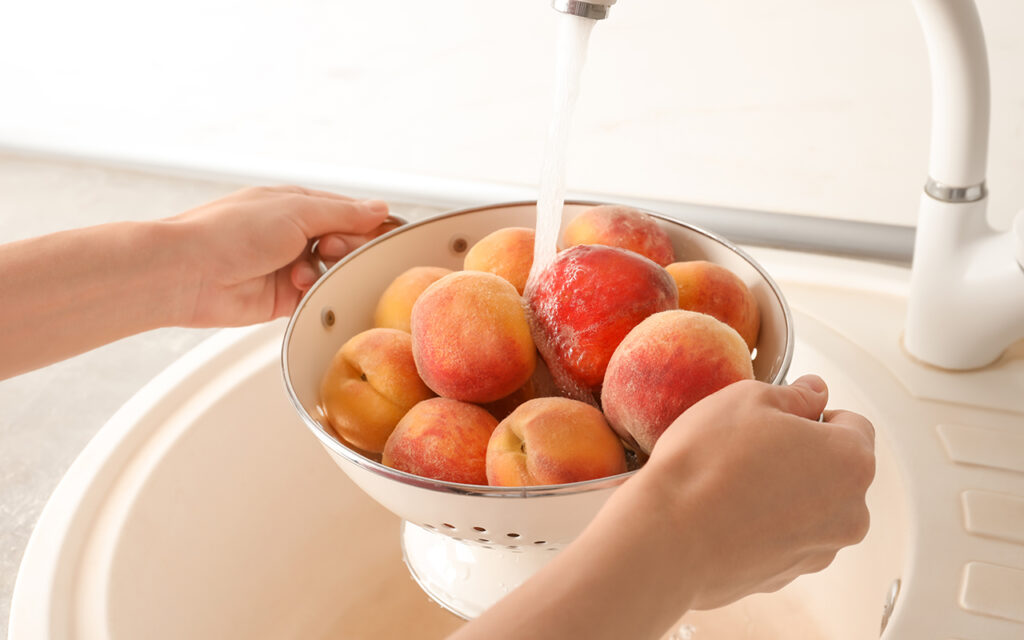
You might think that fruits, especially organic ones, are clean and ready to eat straight from the basket. However, even the most pristine produce can harbor harmful contaminants. Dirt, pesticides, and bacteria can linger on the surface of fruits and vegetables, posing a risk to your health.
While organic fruits are free of synthetic pesticides, they can still contain dirt and other residue from the growing process. Additionally, some fruits may have a protective wax coating, which can trap contaminants.
To ensure your safety, it’s crucial to wash all fruits and vegetables thoroughly before consuming them. By following the simple steps outlined below, you can effectively remove harmful contaminants and enjoy your produce without worry.
Wash Your Hands First
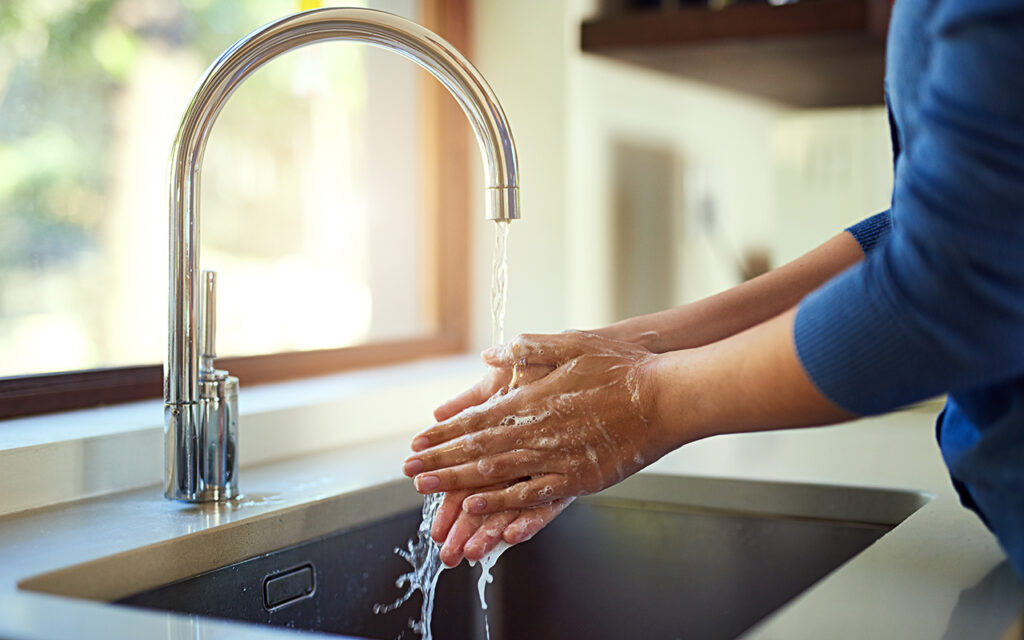
Before you start washing your fruits and vegetables, it’s essential to ensure your hands are clean. Wash them thoroughly with soap and water to remove any dirt or bacteria that could transfer to your produce.
Consider using an organic hand soap to complement your healthy lifestyle. Many affordable and effective organic options are available, such as Meyer’s Clean Day, which is known for its natural ingredients and pleasant scent.
Rinse With Cold Water
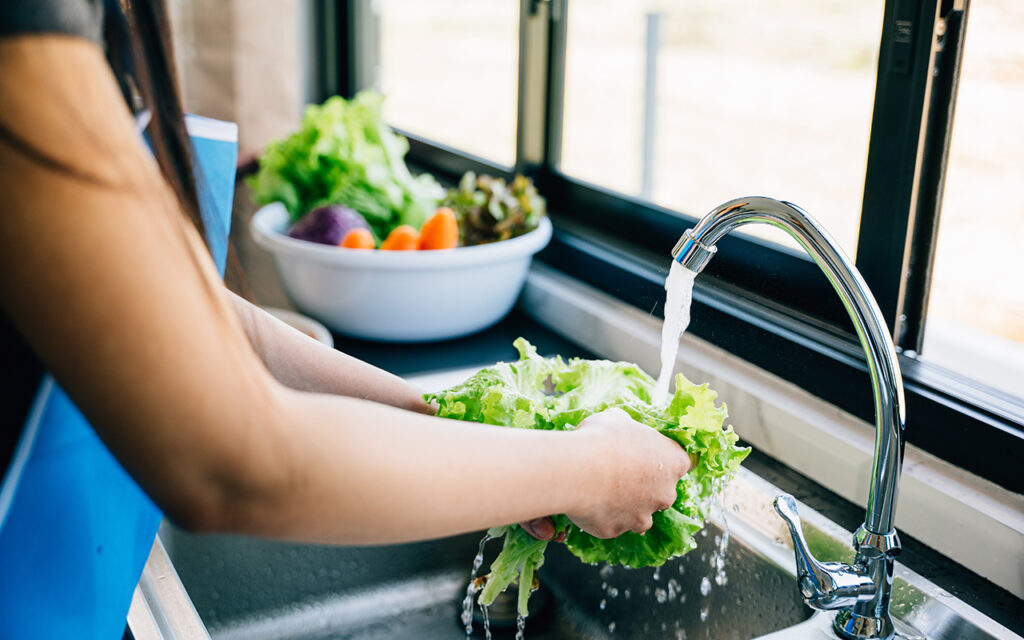
Now that your hands are clean, it’s time to start washing your produce. Begin by rinsing your fruits and vegetables under warm water to remove dirt, debris, and any lingering pesticide residue.
You can rinse each item individually or soak them in a bowl of water for a few minutes while you gather your other kitchen essentials.
To make the most of your summer produce, stay informed about the weather conditions in your area. Knowing the best days for enjoying your fruits and vegetables will help you maximize their freshness and flavor.
Scrub Away Dirt with a Produce Brush
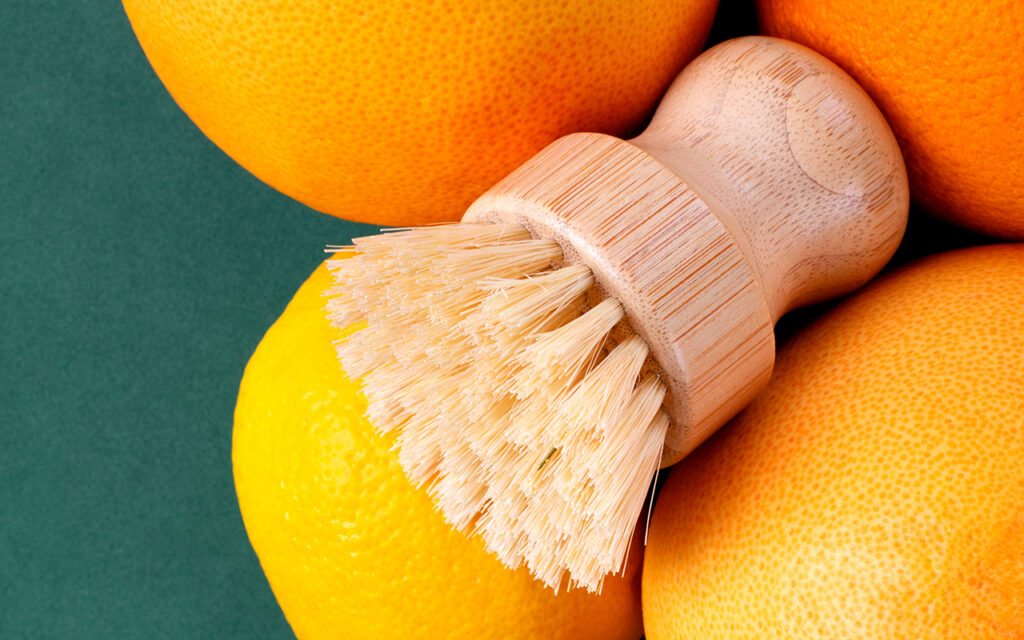
For fruits with rough or textured skins, like apples, cucumbers, and melons, a produce brush can be a helpful tool. Gently scrub the fruit under running water, being careful not to damage the delicate skin.
While softer fruits like peaches and plums may not require as much scrubbing, using a brush can still help remove any stubborn dirt or residue.
Give Your Fruit a Vinegar Bath
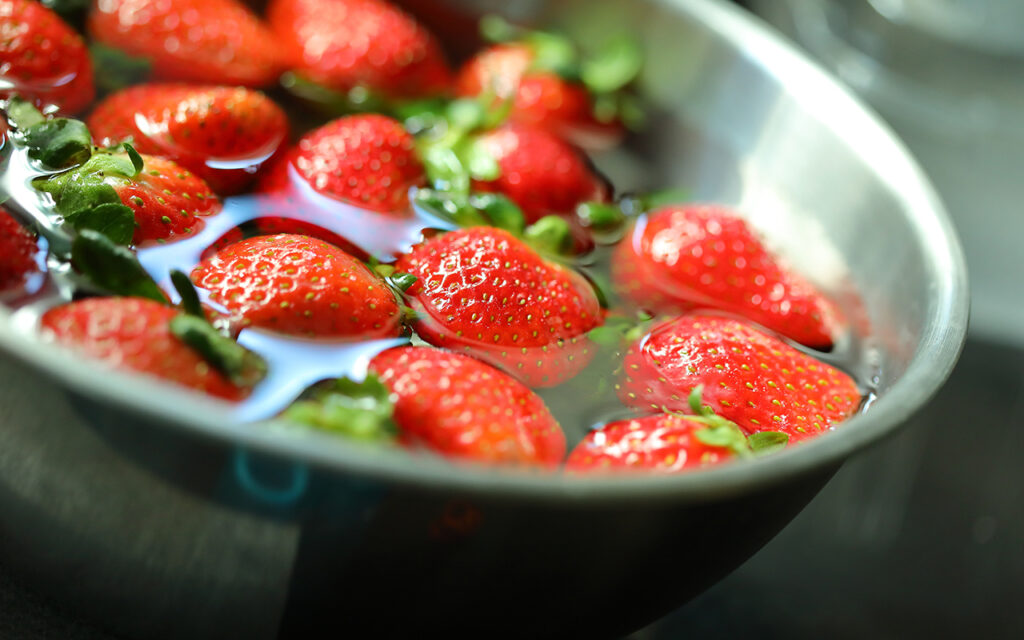
After rinsing your produce, give it a deep clean with a vinegar solution. This natural disinfectant can help further reduce bacteria and pesticide residue.
To make the solution, combine one part vinegar with three parts water. Soak your fruits and vegetables in this mixture for five to ten minutes, then rinse them thoroughly under cold water.
Baking Soda: A Natural Cleaning Powerhouse
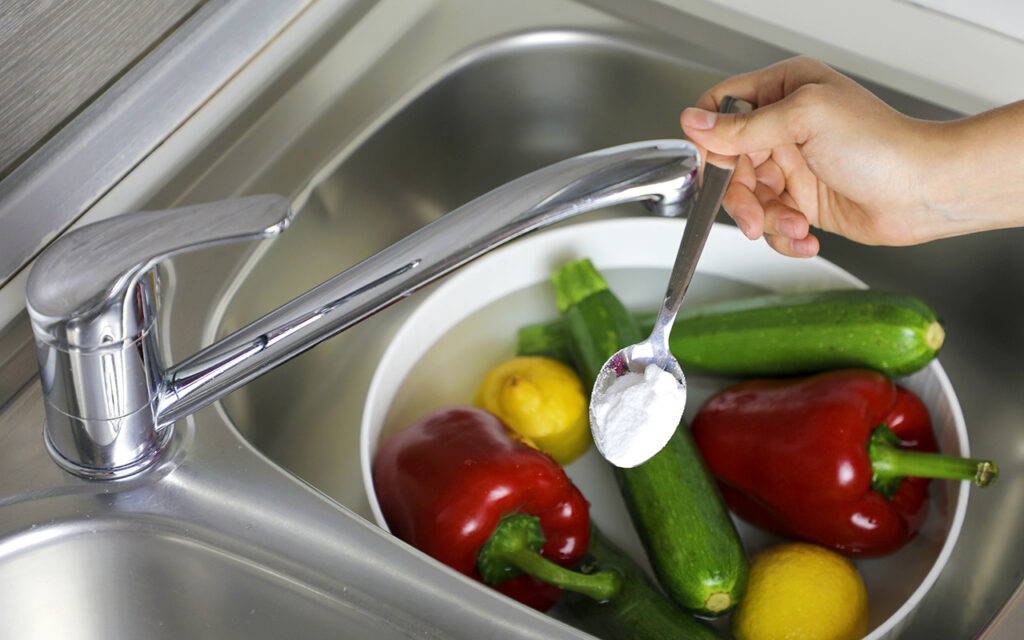
If vinegar isn’t readily available, baking soda is another excellent option for cleaning your produce. This versatile ingredient is a gentle yet effective cleaner that can help remove dirt, grime, and pesticide residue.
To use baking soda, dissolve one teaspoon in two cups of cold water. Add your fruits and vegetables to the solution and gently swish them around for a few seconds. Let them soak for about ten to fifteen minutes, then rinse thoroughly under cold water.
Baking soda is a safe and effective cleaning agent that can be used on a variety of surfaces. However, it’s essential to rinse your produce completely to remove any residual baking soda before consuming it.
Pat Your Produce Dry
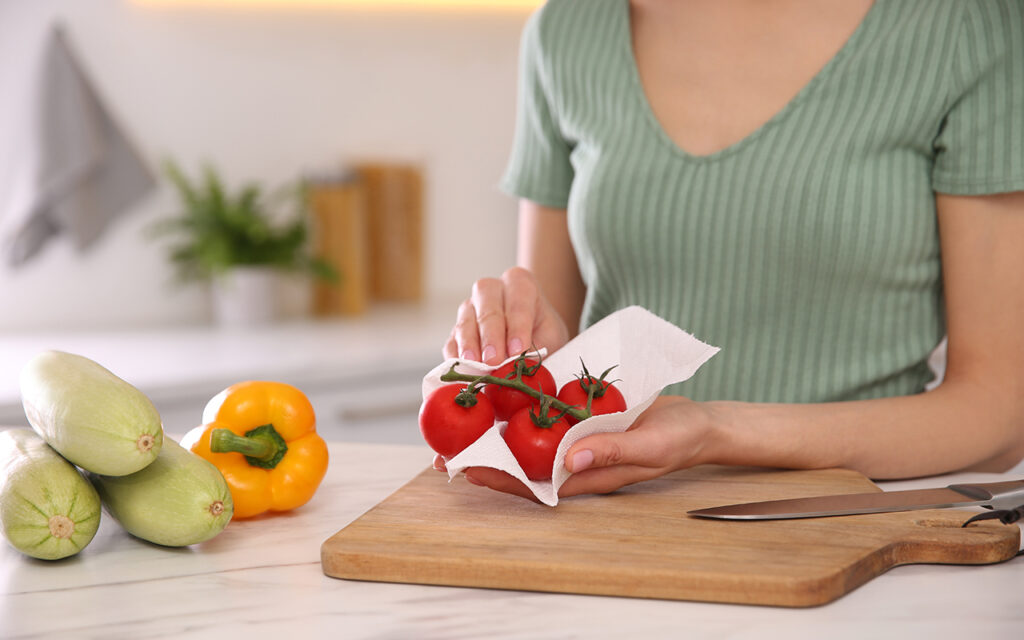
After washing and rinsing your produce, gently pat it dry with a clean kitchen towel or paper towel. This will help remove any excess moisture and prevent bacteria from growing.
While you can let your produce air dry, patting it dry ensures that the entire surface is clean and free of contaminants.
Prepare Your Produce for Easy Enjoyment
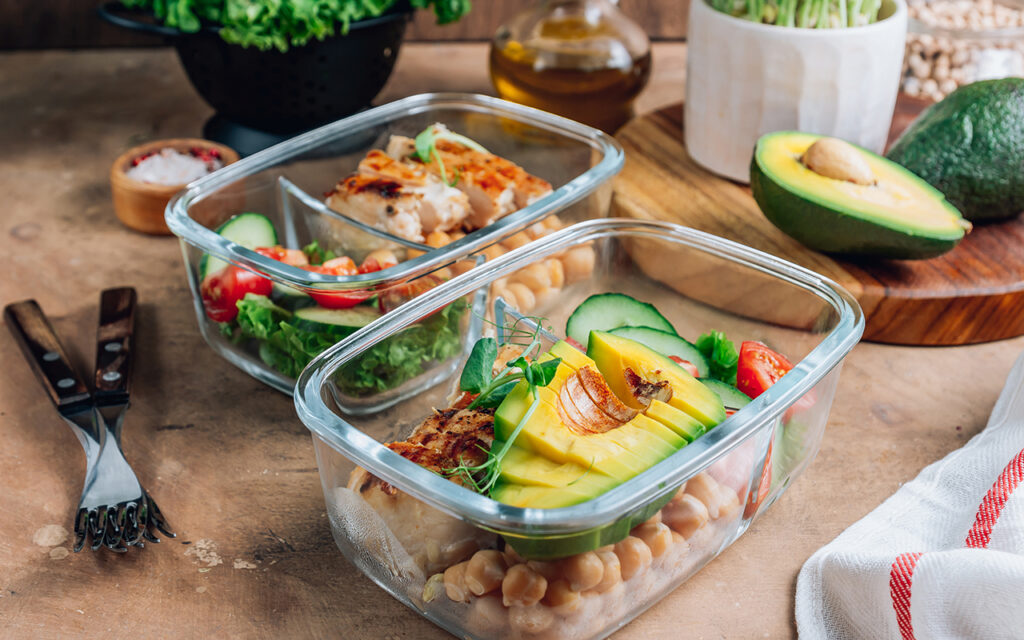
Now that your produce is clean and dry, take a moment to prepare it for easy consumption. For example, if you’re dealing with strawberries, remove the stems and slice them into bite-sized pieces.
By preparing your produce in advance and storing it in the refrigerator, you’re more likely to enjoy it throughout the week. This is especially helpful for fruits and vegetables like cucumbers, which can be easily sliced and stored for convenient snacking.
Extra Tips for Fruit and Vegetable Safety
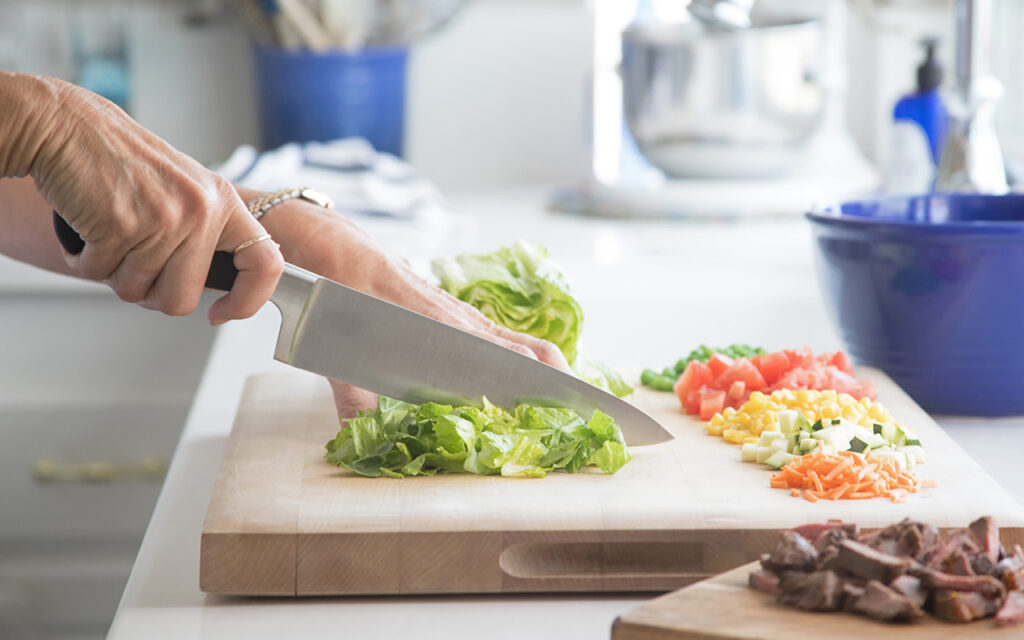
Even fruits with peels, like bananas, can harbor contaminants on their skin. Always wash them thoroughly before eating. Additionally, remove any stickers or labels, as these can contain harmful chemicals.
To prevent cross-contamination, use a separate cutting board for fruits and vegetables. Avoid using hand soap or dish detergent to clean your produce, as these chemicals can be absorbed and may not be safe to consume.
A Small Effort for a Big Reward
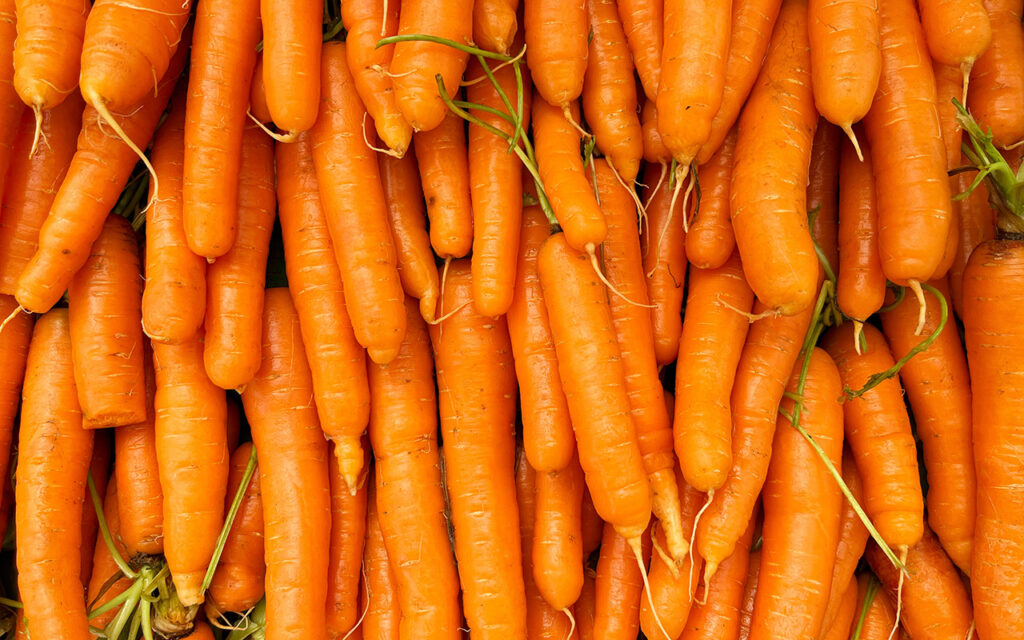
While washing fruits and vegetables may seem like an extra step, it’s a small investment that can have a significant impact on your health. By following these simple guidelines, you can enjoy your produce with greater peace of mind and fuel your body with nutritious, wholesome foods.